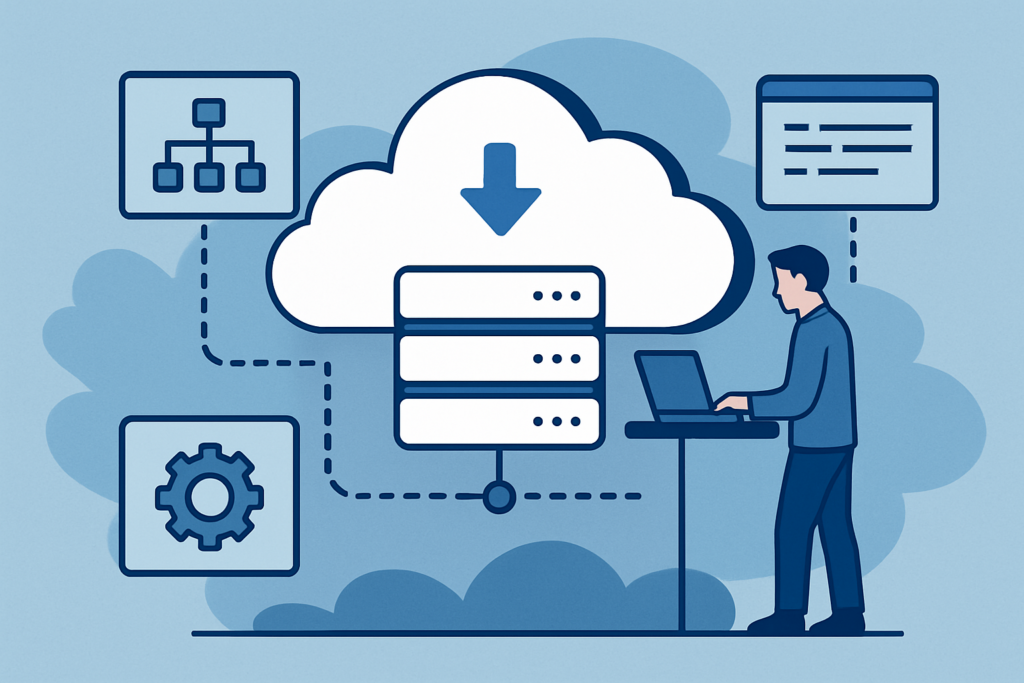Cloud virtualization has become a cornerstone of digital transformation for businesses of all sizes. But making the transition requires a thoughtful approach. Without proper planning, you could face downtime, data loss, or unnecessary costs. This guide walks you through setting up cloud virtualization step-by-step, ensuring a smooth and successful deployment.
Step 1: Define Your Objectives
Before you begin, clarify what you want to achieve. Are you trying to reduce hardware costs? Improve remote access? Increase uptime? Your goals will determine the type of virtualization you need—whether it’s desktop, server, network, or storage virtualization.
Step 2: Assess Your Current Infrastructure
Take inventory of your current hardware, software, and network components. Identify which systems are compatible with virtualization and which will need upgrades or replacements. Also assess your data volumes, workloads, and application dependencies.
Step 3: Choose the Right Platform
There are several cloud platforms available—public, private, and hybrid. Public clouds (like Microsoft Azure or AWS) offer scalability and affordability. Private clouds offer more control and customization. Hybrid environments blend both. Choose the one that aligns with your security needs, compliance requirements, and growth goals.
Step 4: Plan the Migration Strategy
Migration should be phased. Start with non-critical systems to minimize risk. Back up all data before beginning. Develop a clear timeline and assign responsibilities across your IT team or managed service provider.
Step 5: Deploy and Configure Virtual Machines
Once the environment is ready, begin creating virtual machines (VMs). Allocate CPU, memory, and storage resources to each VM based on its purpose. Install and configure operating systems and applications on each VM. Use templates to standardize configurations.
Step 6: Secure the Environment
Apply security best practices: use role-based access controls, enable MFA, set up firewalls, and implement monitoring. Cloud virtualization increases flexibility but also expands your attack surface—so visibility and control are critical.
Step 7: Monitor and Optimize
Use performance monitoring tools to track CPU usage, disk I/O, and network bandwidth. Adjust resources as needed. Review logs regularly to catch performance or security issues before they escalate.
A successful setup isn’t just about the tech—it’s about aligning your IT with your business goals. Virtualization enables growth, agility, and resilience—when done right.
If you are interested in learning more, schedule a call today.

